Related Research Articles

The Vasus are a group of deities in Hinduism associated with fire and light. They are described as the attendant deities of Indra, and later Vishnu. Generally numbering eight and classified as the Ashtavasu, they are described in the Ramayana as the children of Kashyapa and Aditi, and in the Mahabharata as the sons of Manu or Dharma and a daughter of Daksha named Vasu. They are eight among the thirty-three gods featured in the Vedas.

The Shinwari are an ethnic Pashtun tribe of Afghanistan. Among the greatest poets of the Pashto language in the 20th century was the late Ameer Hamza Shinwari, also known as "Hamza Baba".
Julius Leopold Theodor Friedrich Zincken or Zinken also Sommer was a German entomologist. He also appears in literature cited as Zinken-Sommers and Zinken gennant Sommers.

A palampore or (Palempore) is a type of hand-painted and mordant-dyed bed cover that was made in India for the export market during the eighteenth century and very early nineteenth century. Only the wealthiest classes could afford to buy palampore; therefore, the few examples that have survived are often quite valuable today. Palampore were primarily exported to Europe and to Dutch colonists in Indonesia and what was then called Ceylon.

Rawal Jaisal, was a Rajput chief of the Bhati clan who lived during the 12th century and founded the city of Jaisalmer and Jaisalmer state.
Askani is a Baloch tribe from Balochistan. They are also found in Balochistan, Pakistan.
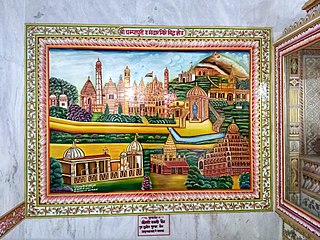
Champapuri, Champa Nagri or Champanager is a neighbourhood in Bhagalpur City in the Indian state of Bihar. It is the site of the ancient city of Champa, the capital of the Anga Mahajanapada.It is also the main centre of capital of cultural region of Anga.
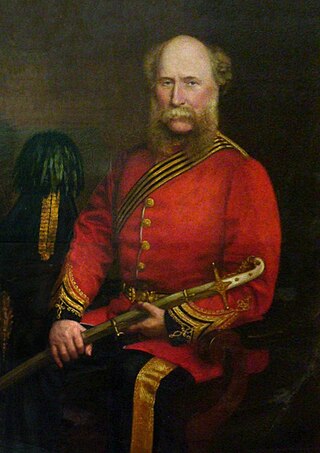
Edward Green Balfour was a Scottish surgeon, orientalist and pioneering environmentalist in India. He founded museums at Madras and Bangalore, a zoological garden in Madras and was instrumental in raising awareness on forest conservation and public health in India. He published a Cyclopaedia of India, several editions of which were published after 1857, translated works on health into Indian languages and wrote on a variety of subjects.

Ney-anbān, is a type of bagpipe which is popular in southern Iran, especially around Bushehr. The term ney-anban literally means "bag pipe", but more specifically can refer to a type of droneless double-chantered bagpipes played in Southern Iran. This is similar to the habbān and jirba played by ethnic Iranians in Bahrain and Kuwait.
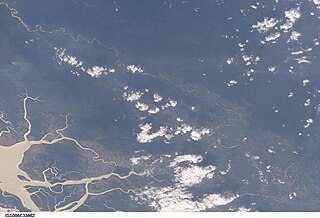
The Great Tenasserim River or the Tanintharyi River is a major river of southeastern Burma. It flows through the Tanintharyi Region, past the town of Tanintharyi, and enters the sea at Myeik (Mergui). The river rises from the Tenasserim Range at an altitude of 2,074 m (6,804 ft), and flows into the Andaman Sea. The region formed by this river is also known as Tenasserim, or Tanintharyi in Burmese. It is in a constricted coastal region in southeastern Myanmar, which borders Thailand on the east and the Andaman Sea on the west.
Chamayan is also referred to as Chamayin, Chamain or Chaim is a clan of the Gurjar ethnic group found in India and Pakistan. They adhere to many religions, including the Hinduism, Sikhism and Islam.
Muana is a village situated in Jind district in the state of Haryana, north India.
Ghamaila is a subdivision of the Kurmi caste. They are a large class of farmers in central portions of Bihar in South of river Ganges.
Frederick Porter Smith (1833–1888) was one of the first British medical missionaries to China, in the 19th century. The Wesleyan Missionary Committee sent him to Hankow, China, for both philanthropic and evangelical reasons late in 1863.
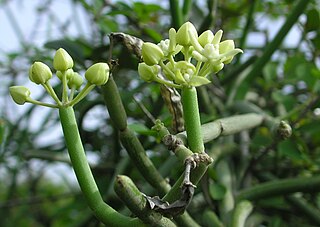
Cynanchum acidum is a species of flowering plant in the family Apocynaceae, typically found in the arid parts of peninsular India where it is used in religious sacrifices. The plant is religiously linked to Hinduism and is believed to be a major ingredient of the Soma in Ancient India.
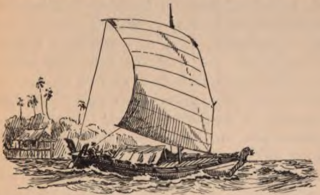
A kakap is a narrow river or coastal boat used for fishing in Malaysia, Indonesia, and Brunei. They are also sometimes used as auxiliary vessels to larger warships for piracy and coastal raids.

Izarband(naada, izārband, Izar band, Kamarband, Kamar Ki Patti and Patka, ازار بند) is a kind of girdle. Izarband is used to tie the upper part of various dresses such as salwar, pajamas, ghagra, petticoat, etc., in the Indian subcontinent. The said garments have the upper side turned inwards and stitched to make a narrow tubular passage, in which the izarband passes, there is one opening in the front side to collect and tie/ knot the ends. Izarband was one of the accessory (closures) items of textiles produced in the Punjab region. The Izarband is similar to a drawstring but narrower than a katzeb or a sash.
Lahori chaddar were plain shawls made with soft goat hair fibre that were produced in Punjab in the early 19th century. The name itself suggests the chaddar (sheets) made in Lahore.
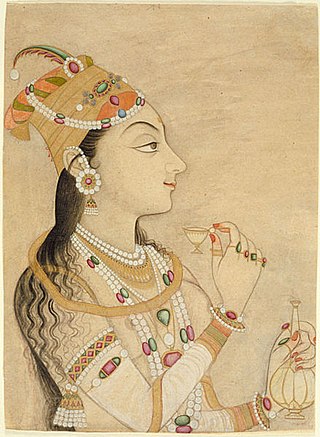
Abrawan (āb-i-ravān) was a kind of muslin cloth produced in Indian subcontinent. The Abrawan was characterized by the nature of the fabric that was like flowing water.
Roh was a historical region in present-day Pakistan and Afghanistan which was the original homeland of the Indian community of Rohillas. The historical region of Rohilkhand in India derives its name from the Rohilla community. Some of the dynasties of India, namely Lodi, Sur and Karrani dynasties, originated from Roh.
References
 This article incorporates text from The cyclopædia of India and of Eastern and Southern Asia: commercial, industrial and scientific, products of the mineral, vegetable, and animal kingdoms, useful arts and manufactures, Volume 2, by Edward Balfour, a publication from 1885, now in the public domain in the United States.
This article incorporates text from The cyclopædia of India and of Eastern and Southern Asia: commercial, industrial and scientific, products of the mineral, vegetable, and animal kingdoms, useful arts and manufactures, Volume 2, by Edward Balfour, a publication from 1885, now in the public domain in the United States.